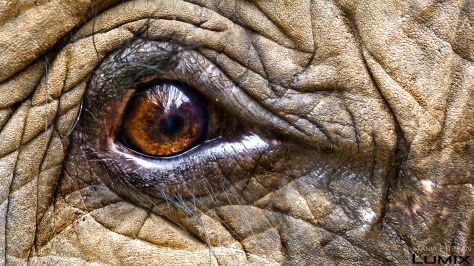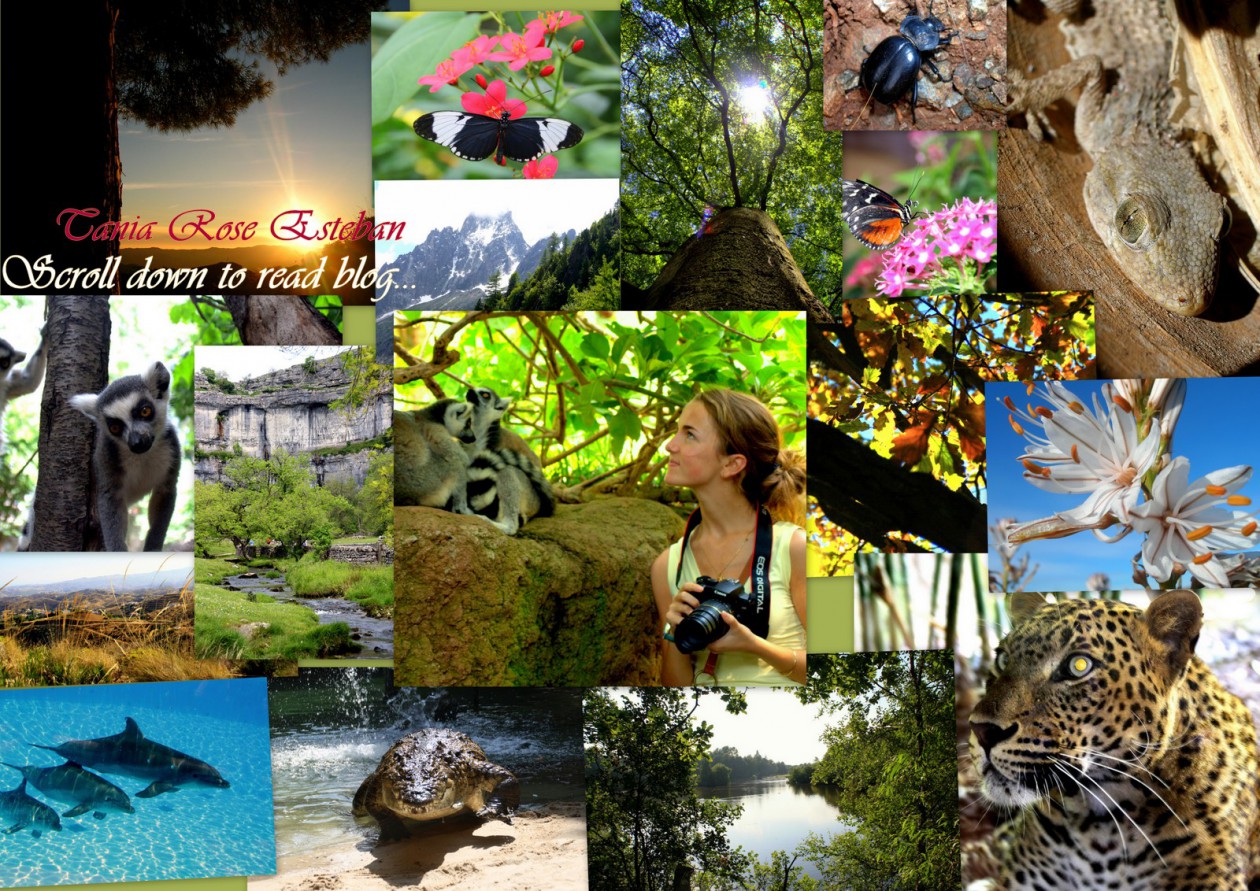Portrait/culture photography with the G9 and GH5
I recently went out to Laos on my first assignment as an ambassador for Panasonic to solo shoot a short film about the unbreakable bond between an 80-year-old mahout and matriarch elephant. Alongside the videography I took stills of the people, places and culture around this most beautiful and mysterious of countries – one that is so often overlooked in between it’s more popular cousins; Thailand, Cambodia and Vietnam. I can’t recommend visiting this ethereal and magical slice of Indo-Asia; it’s one of the few remaining Asian countries that can offer you a genuine experience of the culture without hoards of tourists. You can have precious moments to reflect without running into paparazzi or drunken party goers (yes, even in Vang Vieng!) So if you’re keen to learn about Laos and what you can photograph/do in the city and villages – look no further!
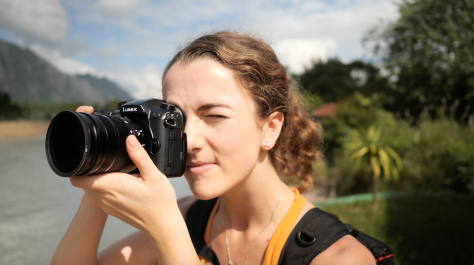
Humans – such a complex and fascinating species, and perhaps of all the animals that roam our vast planet. Over 7000 different languages spread over 7 vast continents, all 7.4 billion of us are as unique and beautiful as the atoms that make up our universe.
Without getting too deep and sounding rather philosophical, I am of course referring to the very nature that defines us as human – our intelligence, our curiosity, and our emotional capacity. These qualities are the very essence of humanity and is something we can all relate to – across all boundaries regardless of cultural, language and political differences.
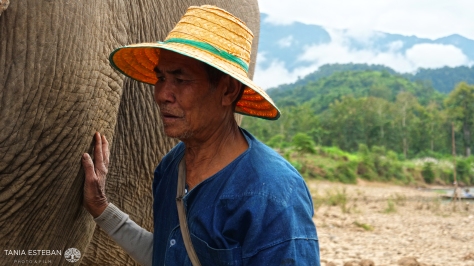
Faces are incredibly expressive for a reason. There are 43 muscles in the face, most of which are controlled by the seventh cranial nerve (also known as the facial nerve). This nerve exits the cerebral cortex and emerges from your skull just in front of your ears. It then splits into five primary branches: temporal, zygomatic, buccal, mandibular and cervical. These branches reach different areas of the face and enervate muscles that allow the face to twist and contort into a variety of expressions. This is something I really love to capture when photographing people, I am inherently wildlife photographer but have been keen to explore what makes us as supremely evolved animals tick.
It can be trickier to photograph that moment in time where your person makes the smallest of expressions – which makes the challenge all the more enjoyable. In film you can shoot off speed and capture this more easily, I always shoot 50/60fps for people to highlight their subtle emotions rather than 75/120, the latter would only be in situations where my character is moving incredibly fast or for a special effect (usually in sports where you can go up to 2000fps). Again the eyes always draw me in because they are among the very first features we notice when passing by or meeting another fellow individual – so much can be read emotionally by looking into them. I mention looking into them – never at them, because this cuts you off from the persons true essence. I believe that a lot of portrait photography is about building trust, even if for a brief moment passing by, and ALWAYS ask for their permission!
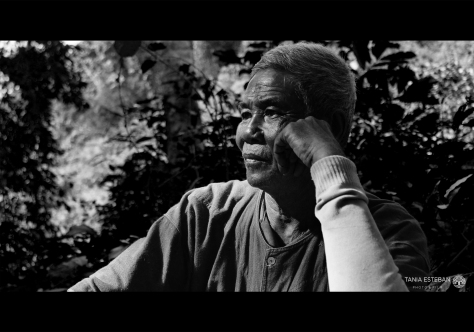
So first a little history lesson; and yes I’ll make it a quick one I promise. It is of course the summer season! But you’ll want to know what you can do with that amazing camera that you got for your holidays, right? 😉
Despite it being one of the poorest countries in South – East Asia, one of the things you notice, is that nobody dies of hunger. This landlocked country is known as the ‘fruit/vegetable basket of Asia,’ and most families manage, not only to meet their needs, but even to put an important part of their small earnings to one side so as to participate in what small futile pleasures that make life enjoyable. Laos is a country of smiles, where composure and serenity reign and from where a sort of karma and an invigorating energy exude – from your local flower lady to the monks praying for our happiness. Laotians say that this special karma, was born with Laos, many centuries ago.
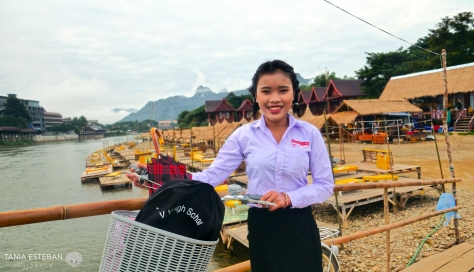
The Lao people (Hmong, Hill tribe, monks, Buddhism). With nearly 5 million inhabitants on an area half the size of France, Laos is one of the least populated countries in S.E. Asia (17 inhabitants per km2). Laos counts about 80 ethnical groups which can be grouped into 4 families. Each group speaking its own dialect and having its own customs, traditions, religion, etc.
Laotians have an easy-going, smiley and amiable character; and quite Latin (I’m half Spanish so just saying!) in that they generally prefer to take their time, the same as in their way of life, savouring each moment not overthinking or worrying about the future, unlike the hustle and bustle of other mega Asian countries or indeed our own. This is one of the things that decidedly give this country its exceptional charm, completely the opposite to the Vietnamese or even Thai restlessness – which is partly why I wanted to visit this staggeringly beautiful country. It’s so often overlooked for it’s more famous surrounding countries.
Whilst the Laotians primarily practice Bhuddism, Hmong people are traditionally animist, worshipping the spirits of their ancestors and the surrounding environment. Shamans (Ouanung) are called upon to communicate with the spirits, seeking their advice in moments of ill health and village adversity. It tends to be that a spirit is upset and offerings such as livestock are made at the spirit’s request. Most Hmong wear amulets around the wrist or neck to ward off bad spirits – and you can buy their amazing jewellery and hand crafted artisan gifts in the night market..
Every house has an ancestor spirit altar where food and water is placed to please them. During Hmong new year white paper is put on the columns of the house and a chicken is killed in their honour; and there were certainly plenty of them going around (waking me up at 3am every morning!)
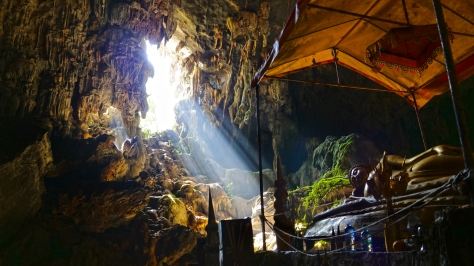
Monks – it is estimated that about 1 in 3 male Laotians join a monastery for at least some period of their lives, ranging from a few months or years to an entire lifetime. Most novices enter monastic life at an early age, learning the ancient chants and sutras, while also attending a regular school with a curriculum similar to that followed by most young students around the world. For many children in rural areas of Laos, joining a monastery is the only available option for education. Life in the monasteries can be tough and some novices from remote communities are only able to visit their families once or twice a year. The young monks follow a strict daily routine, living communally, sharing food and daily chores.
Camera: G9
The low down on the G9 before we get technical; this camera packs a powerful punch in terms of features. From the 4K, 60P, 4:2:2 GH5 goodness that was released late last year (I’ve been shooting with since February 2017), came the photographic brother that boasts:
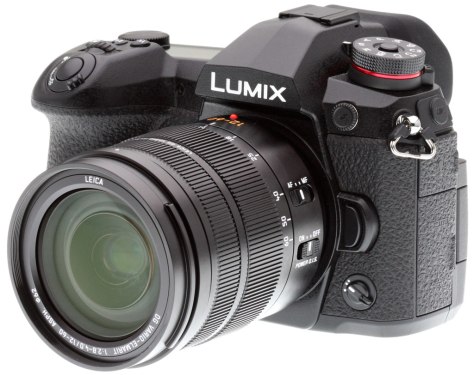
- No Optical low-pass (anti-aliasing) filter
- 20MP micro four thirds sensor
- ISO sensitivity from 200-25600.
- 5-axis Sensor-shift Image Stabilization
- 3″ Fully Articulated Screen
- 3680k dot Electronic viewfinder
- 20.0 fps continuous shooting
- Built-in Wireless
- 658g. 137 x 97 x 92 mm
- Weather Sealed Body
- 6.5-stop built-in image stabilization system
- 4K UHD recording in 24/25/30/50/60p.
- Full HD recording in 25/30/50/60p.
- Long GOP compression.
- 4K UHD 3840 x 2160 video resolution high-speed video recording up to 60fps.
- Full HD high-speed video recording up to 180fps
- CINELIKE D and CINELIKE V photo styles.
- Depth from Defocus AF.
- Mini jack input for an external microphone.
The Lumix G9 gets the same 20.3MP Micro Four Thirds Live MOS sensor as the Lumix GH5, which means that, as on that camera, there’s no low-pass filter. And if 20.3MP isn’t quite enough resolution for you, the G9 also features a new High Resolution mode, which outputs files at the magnificent equivalent 80MP. This works by combining eight images that have been taken in rapid succession, with small sensor shifts between each one, which means that, unlike with some rival systems, a tripod is a must when using this mode. Whilst I don’t use this mode because of storage (the 20MP images are amazing enough as they are!) it’s a nice little feature to show off with. In timelapse mode you can go all out with this and pan/crop as far in as you want. The auto focus is ridiculously fast, even a cheetah couldn’t outrun this little baby feature and it’s one of the quickest on the market.
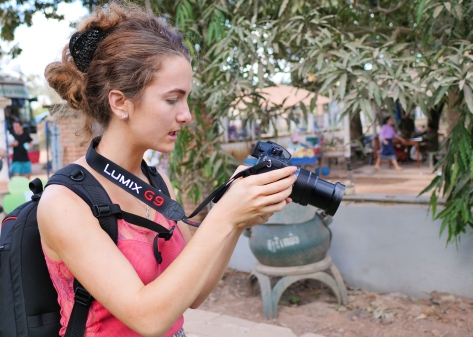
The double SD card slot means you can shoot jpegs on one card and RAW on the other which is quite handy when you decide if you want to keep the JEPEGs or vice versa.
Ergonomically I love this camera – the buttons sit right where you fingers rest where with the tip your finger you can zoom in before pressing the shutter button (a specialism of this model for telephoto users – hence why this is geared towards wildlife photographers). Also I’ve put this through its paces in the humidity when hiking to caves and through the leech, tick infected jungles (!) and of course the (light) rain – and it handled this well. On a more recent trip it handled the freezing constant rain too, was really impressed by its rigidly.
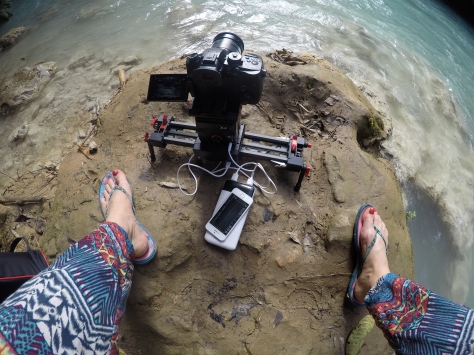
There are of course video recording features like the GH5 but please bear in mind that this is not a video camera like its brother. So it has much less features but can still record both HD and 4K resolutions in MP4 format, 4:2:0 colour sampling and 8-bit colour depth, lacking the internal 10-bit capabilities of the GH5 so your video is noticeably more compressed. However, it is possible to record 8-bit 4:2:2 in 4K 30p via an external recording device, I’ve always got my trusty Atomos Ninja Inferno to do the job.
The responsiveness of the camera was perhaps the standout feature for my day with the G9. After over 2,000 photographs the battery was still going strong and the results were strong in almost every case when shooting a timelapse – so this certainly bodes well with wildlife photographers. All in all it’s a great stills camera more than a video one (go for the GH5 or its newer sibling the GH5s) – you should give it a go!
And now for a little more technical details with examples from my travels, each with a key theme to help you decide what and how to shoot on your next project.
Key factors to think about:
1. The light – I can’t begin to describe the beauty of this country in terms of light – it is ever changing and so incredibly awe inspiring words can’t do it justice. Play with it. Follow it. Bask in it.… use it as the ultimate tool to create images that capture the nature of your subject – human, animal and/or landscape. ALWAYS shoot in MANUAL for such images, as well as in RAW so you can also have as much fun in lightroom and Photoshop (just kidding it’s more fun actually being there…). Remember to adjust your variable ND if you’ve got one on.
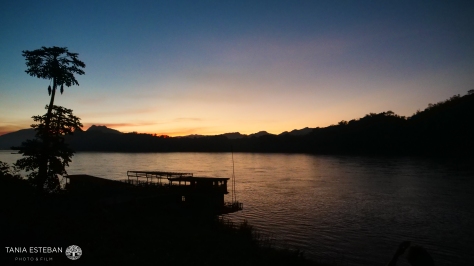
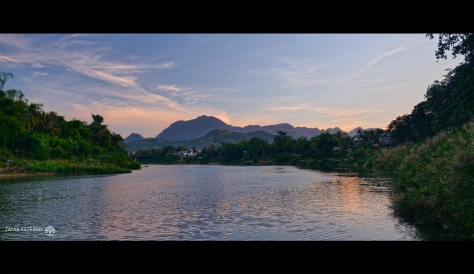 2. Movement – we are by nature very mobile, with our physical movements to the way in which we live our lives in chaotic urban settings or indeed nomadic lifestyles in the countryside. Capturing that sense of movement is fun when you use different techniques – so here I wanted to shoot a timelapse at one of the many famous night markets in Luang Prabang to highlight this. Using the 3 axis shark slider mini you can programme the movement with the easy to use app – video of that up soon!
2. Movement – we are by nature very mobile, with our physical movements to the way in which we live our lives in chaotic urban settings or indeed nomadic lifestyles in the countryside. Capturing that sense of movement is fun when you use different techniques – so here I wanted to shoot a timelapse at one of the many famous night markets in Luang Prabang to highlight this. Using the 3 axis shark slider mini you can programme the movement with the easy to use app – video of that up soon!
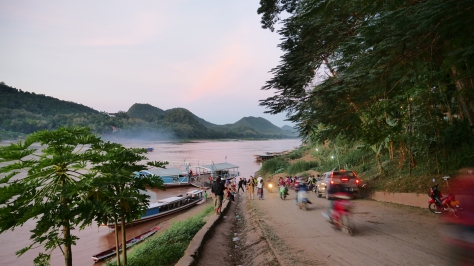
Shade – this helps with your tone and mood. A lot of black and white stills photographers will focus on the varying light and shade to get their feelings and message across – fear, love, joy, happiness, sadness, admiration, hatred, hunger, elation…. removing colour makes you think of how to tell your narrative in far more sensitive ways in a way similar to producers of B&W movies back in the 60’s would have directed their shots. Patience when using natural light to frame your subject is KEY!
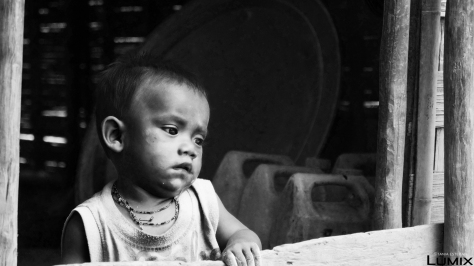
Playfulness – this is one of the defining characteristics that makes us intelligent mammals. It is seen across the animal kingdom, from dogs, to horses, tiger cubs to humpback whales – and again is a universal motion that transcends boundaries (or species). I feel that as a photographer you certainly have an influence in bringing about this feature – although children are the easiest to capture with this emotion; as they are devoid of the adult tendencies to judge, criticise and generally be more grumpy!
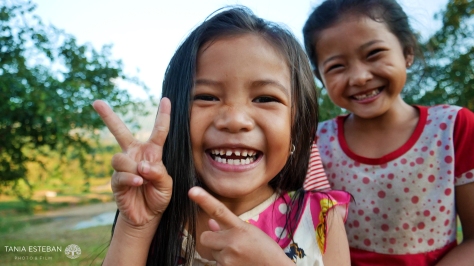
Textures – peoples skin, their hair, their clothes say a lot about them as individuals. I don’t mean in a vain sense but you can gather a rich array of information about them as characters or background what they get up to and how they hold themselves. The culture in Laos as mentioned above is so incredibly rich and vibrant – it hits you with it’s sharp saturated colours, like those of a bold acrylic painting. I often think England is the complete opposite, and draped in a sweet, soft glow and the light painting it in equally soft water colours. The food, dresses, festivals streets and of course magical temple offer this in glorified abundance. When first arriving in the Capital, Vientiane, my senses were overwhelmed by such a variety of colour, shade and patterns – all of which are a joy to capture.

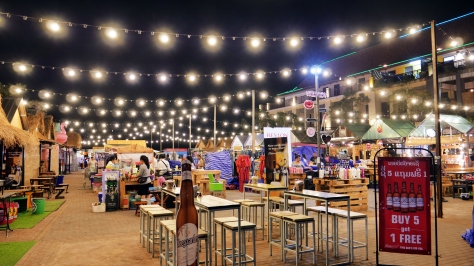
The remnant French archways and colonial architecture among the hotels and homes, the soft, large shapes of the many fruits adorning the markets and of course the magnificent sharp, elaborate temples – of which the country has over 100’s. I was very excited indeed to go on my very first ‘temple run!’ Such exquisite colour – would be nice to see such comparably colour in our own churches and places of prayer. In this particular temple, one of the largest and most superlative in the city, I used the 12-60mm 4.6 lens with a 46mm Gobe variable ND filter. It was a bright, sunny day, and whilst I would have liked to capture it during the golden hours, I felt that it wouldn’t do it’s full colour spectrum justice. I also used the Panasonic 100-400mm lens for some closer details of the statues and patterns adorning the holy site.
Monks are of course a central part of the religion and culture in Laos, and something that I was especially eager to photograph. Again the bright, bold colours highlights the amiable and fun personalities of the locals, whilst the actual reason for their colour choice lies in ……. At first I’ll admit I was rather shy and reclusive at photographing them out of courtesy and etiquette – but then you quickly realise that all it takes is a smile and polite gesture to your camera to ask their permission… and 9/10 times you’ll find they are more than willing to have their photo taken. This one was taken at the same temple as above.
Here I was rather lucky to see a group of young monks walking along the mighty Mekong riverside front as I went out the first day to explore – the light was perfectly aligned with one of the tallest of the (collective noun for monks?) group. I moved myself into position from the opposite side of the road and so that I could frame the rather beautiful verdant green parasol against them as they paraded along. Again this was with the 12-60mm and I did use photoshop to tweak the highlights – but I can promise you that the colours were just as vibrant and enchanting.
Emotion

I think this particular title is highlighted in all of the above mentioned – as texture, colour, shade all feed into our emotions and how we react to each image or film clip. It’s one of the most basic principals in cinematography and where the Director of Photography will work closely with the director to create a specific look and/or feel to the film. Photography also uses this principal and of course a lot of it can be touched up and edited in software later. This is quite often where all the magic happens (sorry to burst any bubbles – but I’m guessing many of you reading this are well aware of this!)
Washer woman cleaning off her dinner – people look so incredibly timeless in Laos, I could never tell how old she was.
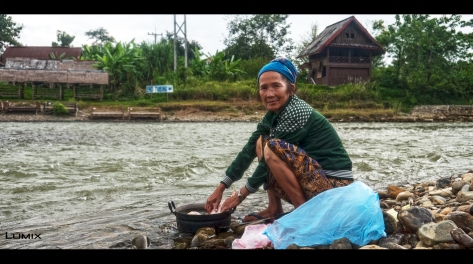
So a handy little anagram for what to look out for when photographing people include:
H- humour: So this can work both ways. They can be (and this is most of the case!) laughing at you and find your odd demeanour and camera geekiness quite entertaining; don’t wait for the moment to pass – snap away and capture the moment!
U- unique: What’s unique about your subject (person)? Have they a standout feature, eye colour, beautiful smile, scar, long/short/frizzy/straight hair? Whatever is distinctive about your person, make sure to celebrate an honour it by making this one of your focal points of the image. It’s what makes us all special.
M – movement: Just slow down that shutter speed and experiment with your person, especially if they’re moving. Adding a little motion blur to your image can bring it to life and give you a whole different angle to play with.
A – activity: What does your subject do? Are they dancers? Crafts people? Artists? Scientists? Whatever it is they do, try to photograph them in their element doing what they do best – not only will this make them more comfortable, but you will certainly make the image more genuine and interesting to the viewer.
N – ature: Try to capture and set your human in their environment, their natural habitat that represents them. I really can’t emphasize this enough, a single image of a person in whatever comes naturally to them is key to capturing their essence.
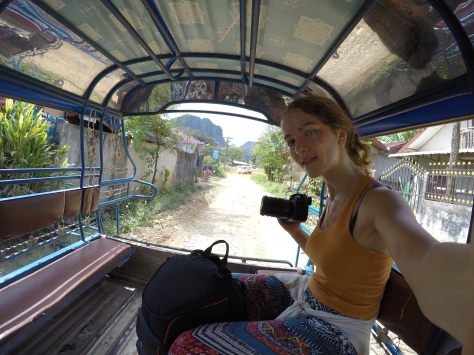
My encounter with the people of Laos has been a magical one at that – their resourcefulness, peace and positivity reflects the equally majestic landscape where they are able to sustain and feed their families – securing a better future for all. Family is certainly a huge part of this country, and everyone plays their part in taking care of each other – with young girls cooking, cleaning and taking care of elderly relatives – with the men earning a living in the farms and wives working like wonder women in the rice paddy fields. For me the most surprising thing was seeing how happy they were compared to another poor country I recently visited, Kenya. I can now see and understand this to be partly due to the abundance of food which is far more readily available than it is in Africa. But also the spiritual belief and conviction they have that their Buddha/deity/spirit guide will help them live a prosperous life in the here and now – as well as the next should the reincarnation cycle not be broken…
Until the next post – all about the wildlife in Laos!
